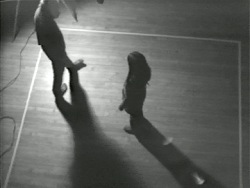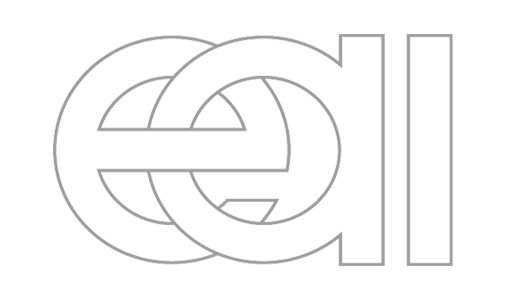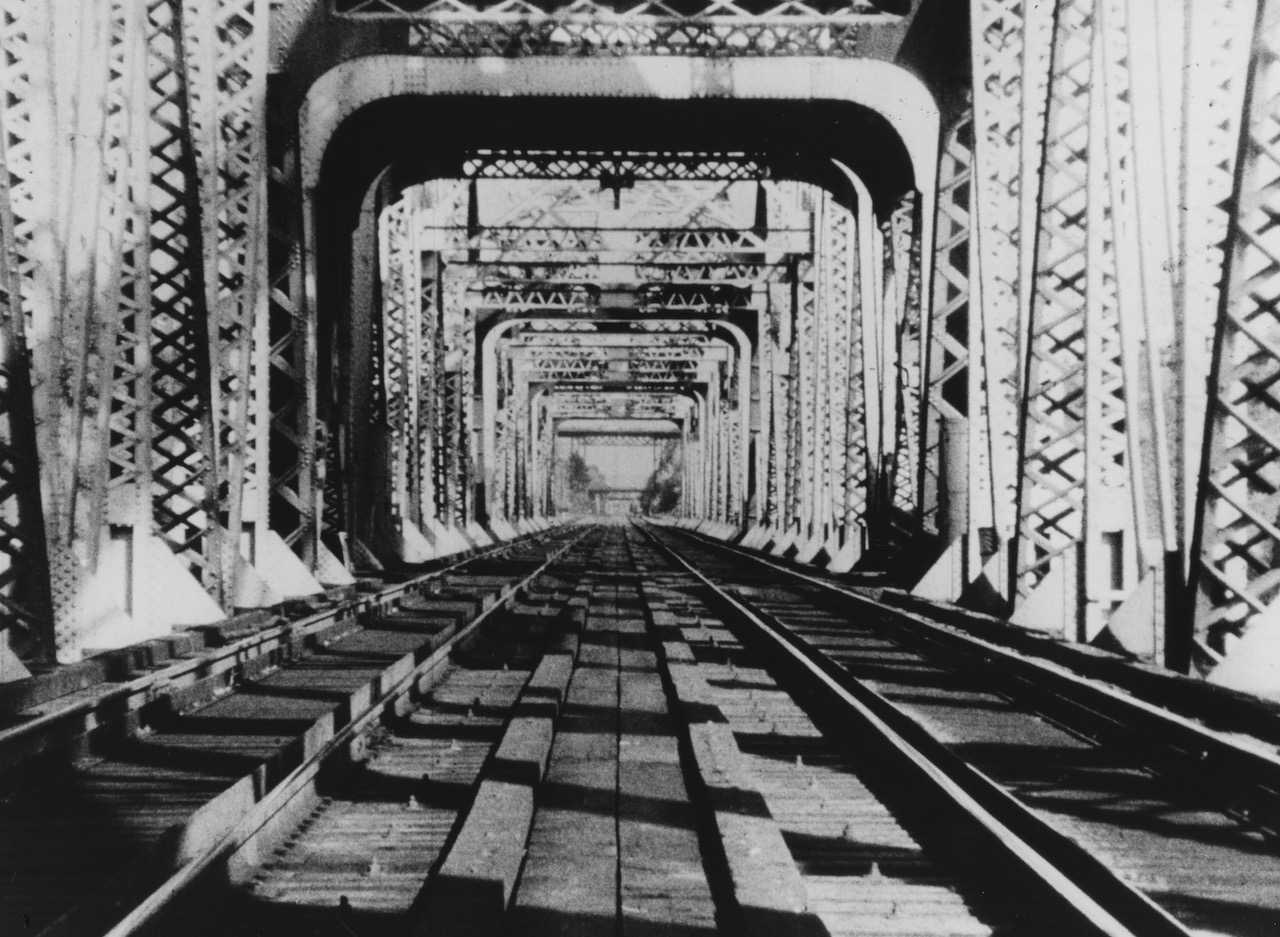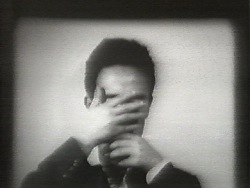Search Results
Search Results
Title Results
Your search returned 792 Titles
In this documentation of a performance at New York University, an overhead camera circles above Acconci and Kathy Dillon. In a dark auditorium, Acconci walks in a circle around Dillon, while she moves in the center. Staring at each other, they try to maintain eye contact while following the other's changes in direction and speed. Acconci has stated, "I might be trying to crowd her, drive her to a standstill—she might be trying to draw me into her, stop me from circling...I might be trying to remain an observer, detached, on the outside."
This unique documentary on the downtown New York music scene is a collage of music, performance and commentary in which Atlas captures the energy and pluralism that characterize this urban milieu.
Single-channel screen recording of a live bot performance on Twitter (pɹoɟ), June 22-23, 2021.
QUARKS is a rigorous analysis of how television functions. Structured in a series of thirty-second intervals, three layers of information — sound, image and written texts — are ironically juxtaposed with TV patter. D'Agostino questions the meaning of what is seen and heard on television by...
In the beginning of Railroad Turnbridge, Serra frames the span of landscape visible through the railroad bridge over the Willamette River in Portland, Oregon. The camera remains stationary, while the bridge rotates 360 degrees, creating an illusion of what is standing still and what is moving....
Employing archival film clips and new video, Atlas' self-described "video montage" is a portrayal of filmmaker/choreographer Yvonne Rainer. While an extended interview with Rainer runs throughout the piece, four "performers" enact and re-enact the interview. Atlas undermines genre conventions, shuffling and superimposing image and voice tracks to yield a video palimpsest of theatricality and ambiguity.
Rare Performance Documents 1961-1994 Volume 1: Paik-Moorman Collaborations
Charlotte Moorman and Nam June Paik
1965-73, compiled 2000, 25:08 min, b&w and color, sound
Newly restored, rare performance material from Nam June Paik's personal archives is featured in this remarkable volume. These documents trace the evolution of Paik's eclectic performance work over three decades. Volume 1 includes documentation of his emblematic collaborative pieces with Charlotte Moorman, including TV Bed, TV Cello, and TV Bra. These works are performed at venues that include the Howard Wise Gallery, the Everson Museum (where David Ross joins Moorman on the TV Bed), and the WGBH television studio.
Rare Performance Documents 1961-1994 Volume 2
Nam June Paik
1961-94, compiled 2000, 18:37 min, b&w and color, sound
Newly restored, rare performance material from Nam June Paik's personal archives is featured in this remarkable volume. These documents trace the evolution of Paik's eclectic performance work over three decades, from a haunting, silent 1961 film (Hand and Face) to a 1994 tribute to John Cage at the Kitchen in New York. Volume 2 features rare documents of performances ranging from the iconic Violin Dragging (1975), to the pioneering turntable composition Fluxus Sonata and a 1991 collaboration with the hard-core band Bad Brains.
WARNING: This work contains throbbing light. Should not be viewed by individuals with epilepsy or seizure disorders.
"RAZZLE DAZZLE is an early Edison shot cut off at its head and tail and along its four sides from the continuity of events like any camera-shot from a bygone day; no, like any camera-shot, immediately producing an abstraction. This abstraction pictures a great spinning maypole-like device lined with young passengers dipping and lifting as it circles through space... Early stereopticon images also appear, digitally manipulated to reveal their depths. A digital shadow falls upon the scene and yet, grim as things get, as our crimes and failures then and now commingle, the movie proceeds with a cubist/abstract-expressionist zest."ReactionWear is an audiovisual performance in which LoVid experiments with tactile technologies, sculptural instruments, participatory experiences, and immersive environments. The video performance addresses questions of surface and depth, the organic and inorganic, and control and subjectivity.









